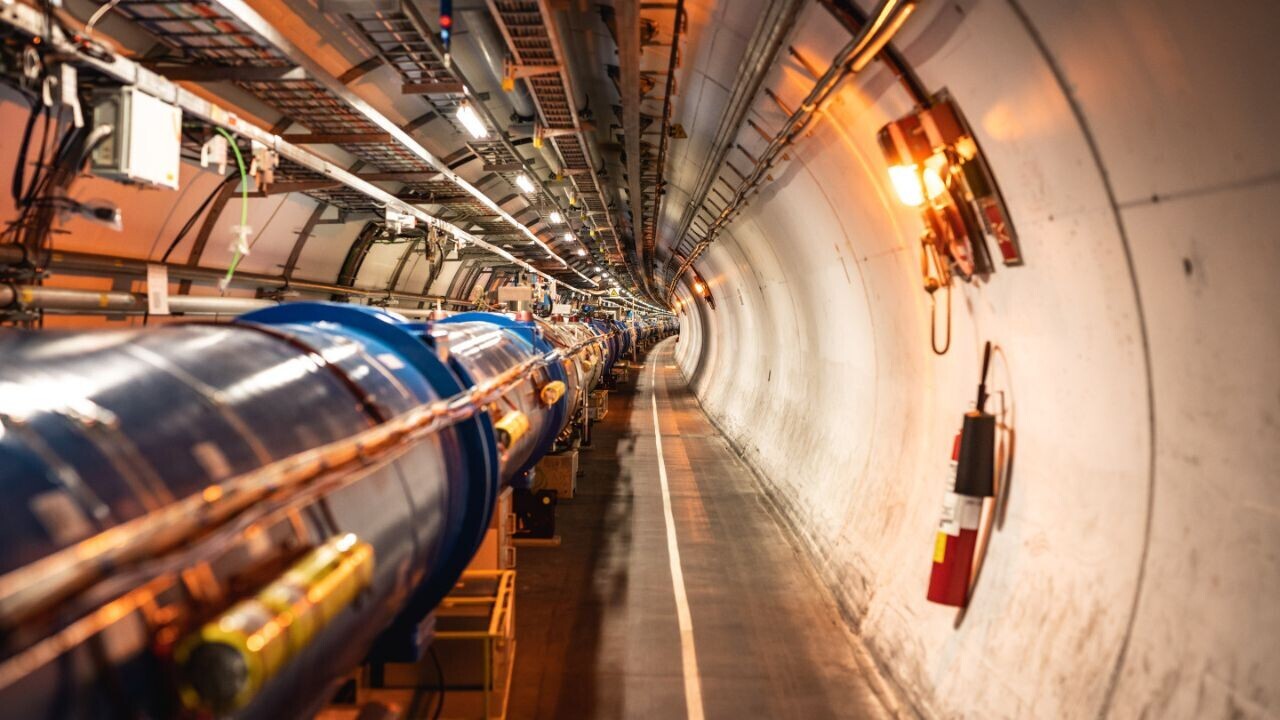
Story by
Thomas Macaulay
Senior reporter
Thomas is a senior reporter at TNW. He covers European tech, with a focus on deeptech, startups, and government policy. Thomas is a senior reporter at TNW. He covers European tech, with a focus on deeptech, startups, and government policy.
An Irish startup has teamed with CERN to develop a new form of insulation for superconducting cables, which are designed to accelerate the green energy transition.
Named SuperNode, the company has invented energy transmission cables that can transfer immense power across long distances. As the system requires less space and voltage than conventional copper-based cables, the environmental impact is reduced.
These benefits derive from superconductivity. This phenomenon occurs when certain materials are cooled below their critical temperature — typically -180°C for high-temperature superconductors. As a result, superconductors can offer a hefty power density and zero electrical losses.
To harness this potential, SuperNode needs unique scientific resources — which is where CERN comes in.
“In its research, CERN pushes the limit of superconductivity to reach record energy levels and operates one of the largest vacuum systems in the world,” said CERN’s Paolo Chiggiato in a statement.
“In particular, to avoid collisions with residual gas molecules inside the accelerators, we must reach extreme levels of vacuum. Vacuum is also used at CERN as a thermal insulator for our superconducting magnets. We believe that this know-how can be successfully applied to evaluate the technological solutions proposed to insulate the superconducting cables developed by SuperNode.”
To test the tech, CERN will subject candidate materials to temperatures, pressures, and environments that replicate the conditions that the cables will face. CERN will also design and develop a novel test rig to validate scale prototypes. Eventually, the rig will be installed at SuperNode’s Dublin headquarters — dubbed the European Cryogenic Centre for Superconductors.

The tie-up with CERN caps a busy month for SuperNode. Last week, the company announced that shareholders Aker Horizons and Dr Eddie O’Connor had committed €16 million of extra money towards developing the tech. The new funding followed a previous €14m cash injection made last year.
John Fitzgerald, CEO of SuperNode, believes adding CERN to the mix will provide a further boost.
“To meet increasing electricity demands, future transmission grids will have to reliably transfer bulk electricity over distances of hundreds of kilometres — connecting consumption hubs with areas of production, which are often located far away,” he said.
“We believe that by working together, we can find innovative solutions to improve the world’s energy infrastructure. Without new grid technology, we cannot integrate the level of renewables governments across the world have targeted and we will not achieve the goals of the Paris Agreement”.

The collaboration also comes at a historical moment for CERN. The lab has just taken its first steps towards building a 91 km-long particle accelerator. The new system would more than triple the length of the Large Hadron Collider (LHC) — currently the world’s largest and most powerful particle collider — which will complete its mission around 2040.
The plans were revealed amid growing competition for Europe’s leading position in the field.
The most notable rival is China, which also intends to build the world’s largest particle accelerator. CERN’s Malika Meddahi told AFP last week that “China displays the same ambition” as Europe.
“Let’s be vigilant and be sure that we are not on the verge of a change in this hierarchy,” she said.
Some concerns have also been raised over the enormous cost of the new collider. Critics worry that the investment in fundamental science would be better spent in applied sciences. But the collaboration with SuperNode is further evidence that CERN’s work can lead to practical applications.
Get the TNW newsletter
Get the most important tech news in your inbox each week.
Also tagged with